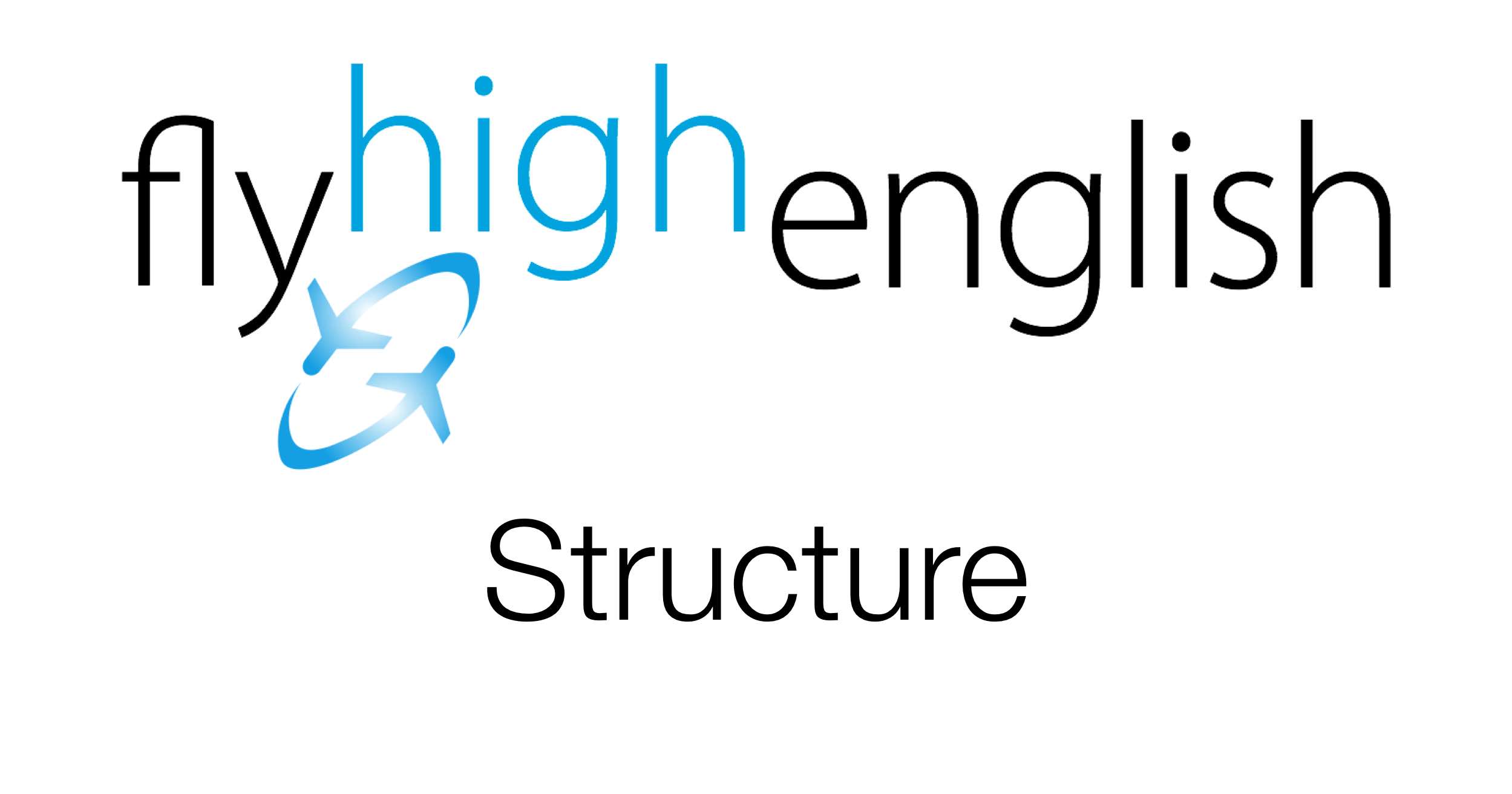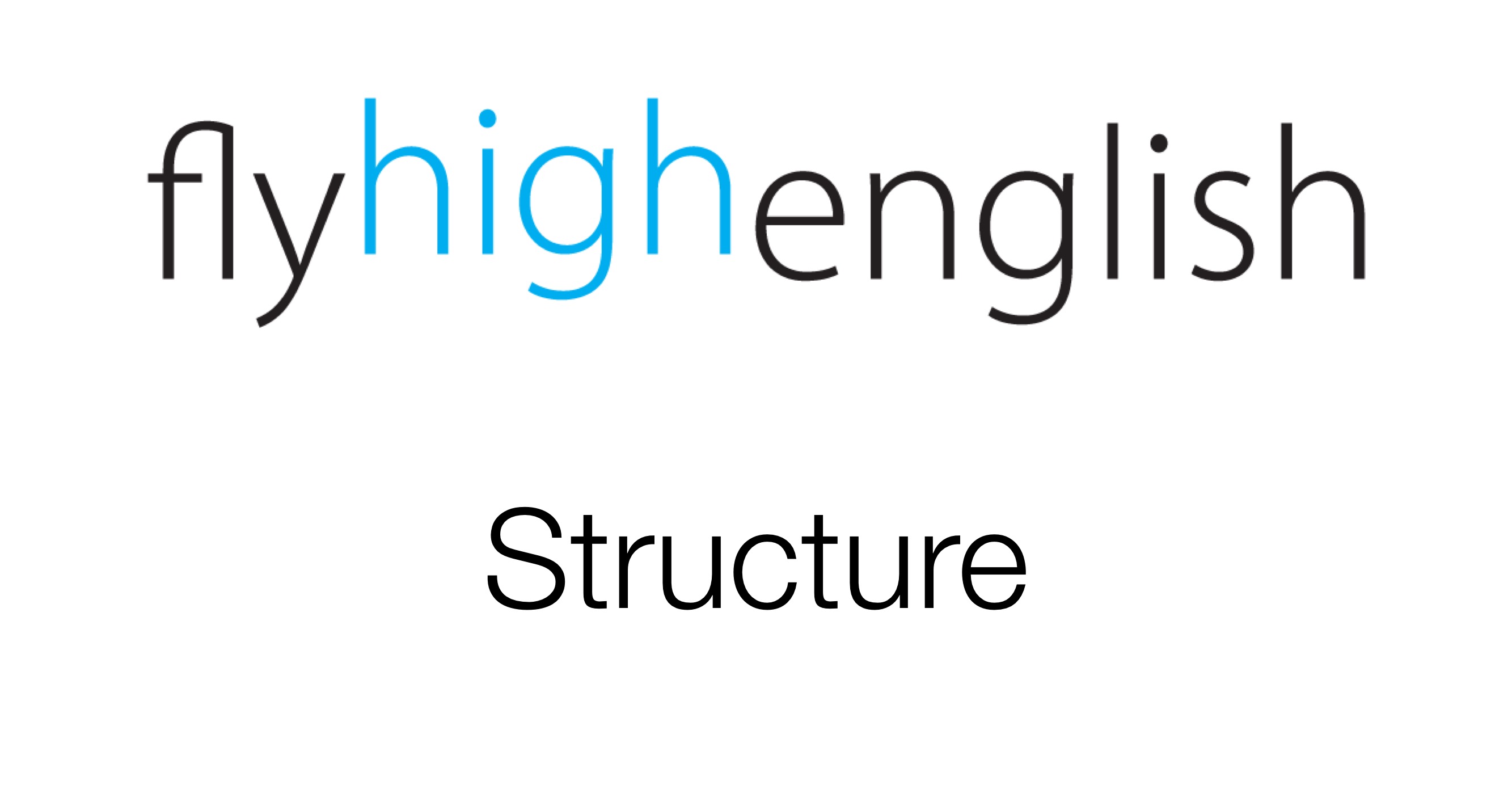
How to use adverbs of ‘frequency’
Adverbs of frequency tell you approximately how often something happens.
Tip: It’s important to place adverbs in the correct position in a sentence.
Adverbs of frequency can be placed in more than one position in a sentence but we’ll focus on the most natural position for these adverbs in two situations; with normal verbs and with the verb ‘be’.
- subject + adverb + normal verb + …
- I usually arrive one hour before my flights.
- subject + ‘be‘ + adverb + …
- The flight is seldom late.
Check out the diagram below for more and then try to write some examples of your own.

Follow us on Twitter here or Facebook here for more great content!






